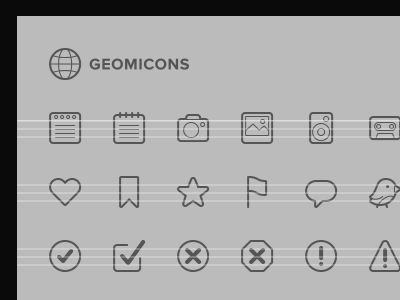

#Webkit transition code#
Now, you should be a master with CSS fade in transitions, right? Play around with the code and get creative with it.

Once the scroll position is greater than or equal to the HTML element's top edge position, the element will fade in. The scroll_pos variable contains the value of the top scroll position in the viewport and the element_pos variable contains the value of our HTML element. The Fade In TransitionĪnd some styling to differentiate our new element from the rest of the page. You could also include -ms for Microsoft browsers like Internet Explorer, even though Microsoft no longer supports this browser, or -o for the Opera browser. Note that certain CSS rules, including the transition rule, come with a set of vendor-specific prefixes we can use for a variety of browsers, including -webkit for Chrome and Safari browsers and -moz for Firefox browsers. transition: This is the shortened version of many different transition properties where 5s is the duration of the transition effect, in this case five seconds, all specifics the property that will be animated (in this case, all properties of the element), and ease-in-out specifies the speed curve for the transition, which in this case means the animation will speed up midway through and slow down before the animation completes.opacity: Sets the visual transparency of the element, with accepted values ranging from 0.0 (fully transparent) to 1.0 (fully opaque).There are a few rules we'll be following: In this case, we'll be using CSS transitions to change the opacity rule within a set timeframe. You can easily adjust an element's transparency with a fade in transition using CSS by utilizing smooth animation techniques and very little code. A popular scenario is defining a quick set of properties that provides clean animations to the visual elements of your web page.

Obviously, if you were using this is a live project, you’d want to apply a class or ID, but I’ll keep it simple here.CSS transitions allow HTML elements within a web page to gradually change from one state to another. To bring this demo to life, we need a div that contains three different paragraphs like so. Wait two seconds, then fly in third message: “How are you?”Īs you can see, we’ll first instruct the user to hover over the div, then fly out the hover message as two more messages fly in, the first of which will wait one second and the second will wait two seconds.Wait one second, then fly in second message: “Greetings!”.The first step is to lay out how it all works so you can wrap your mind around it. Let’s say we want to have three pieces of text that fly in and out of a div at different times. The first idea that pops into my head for utilizing delays is to set up some sort of message that presents itself to the user one piece at a time. The results can be quite impressive! Sequential Message So let’s say we have our first transition set to last for one second, we can then set a delay of one second on our second transition to make it begin as soon as the first one ends. We’ve played with multiple step transitions a little bit in previous articles but today we’re really going to have some fun.īasically, the concept here is that you trigger two or more transitions on an event, but use delays to make them occur at different times. There may be several reasons that you might want to use this property, but the one that I’m going to focus on today is accomplishing complex animations involving multiple steps. Now that we understand the syntax behind transitions, let’s talk about why in the world you would want a delay on a transition.


 0 kommentar(er)
0 kommentar(er)
